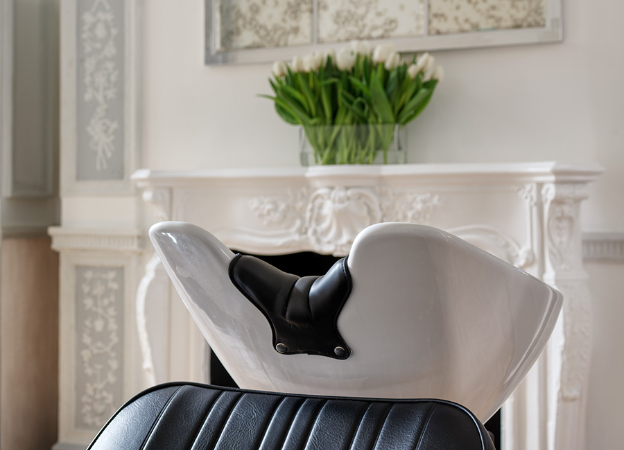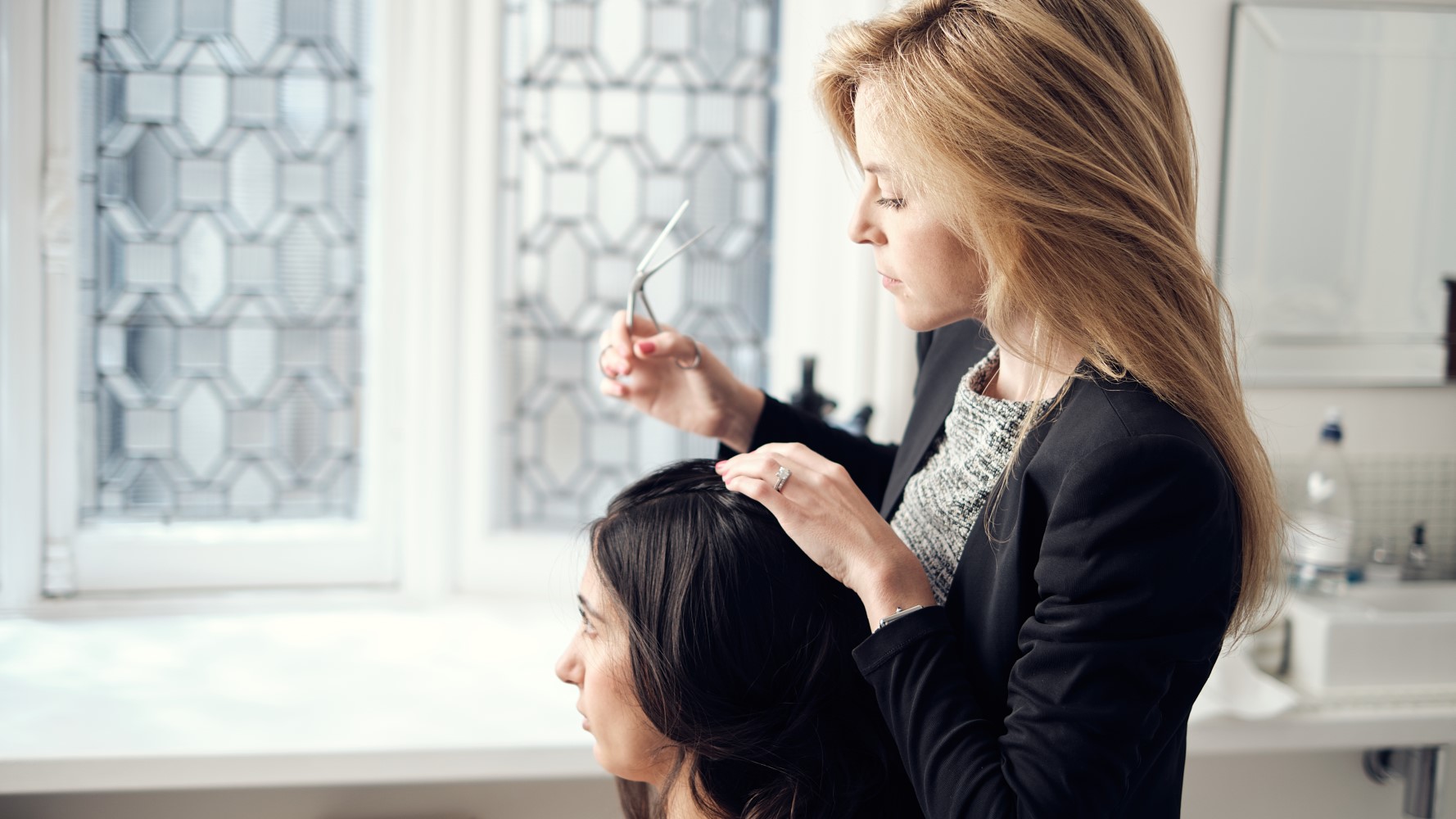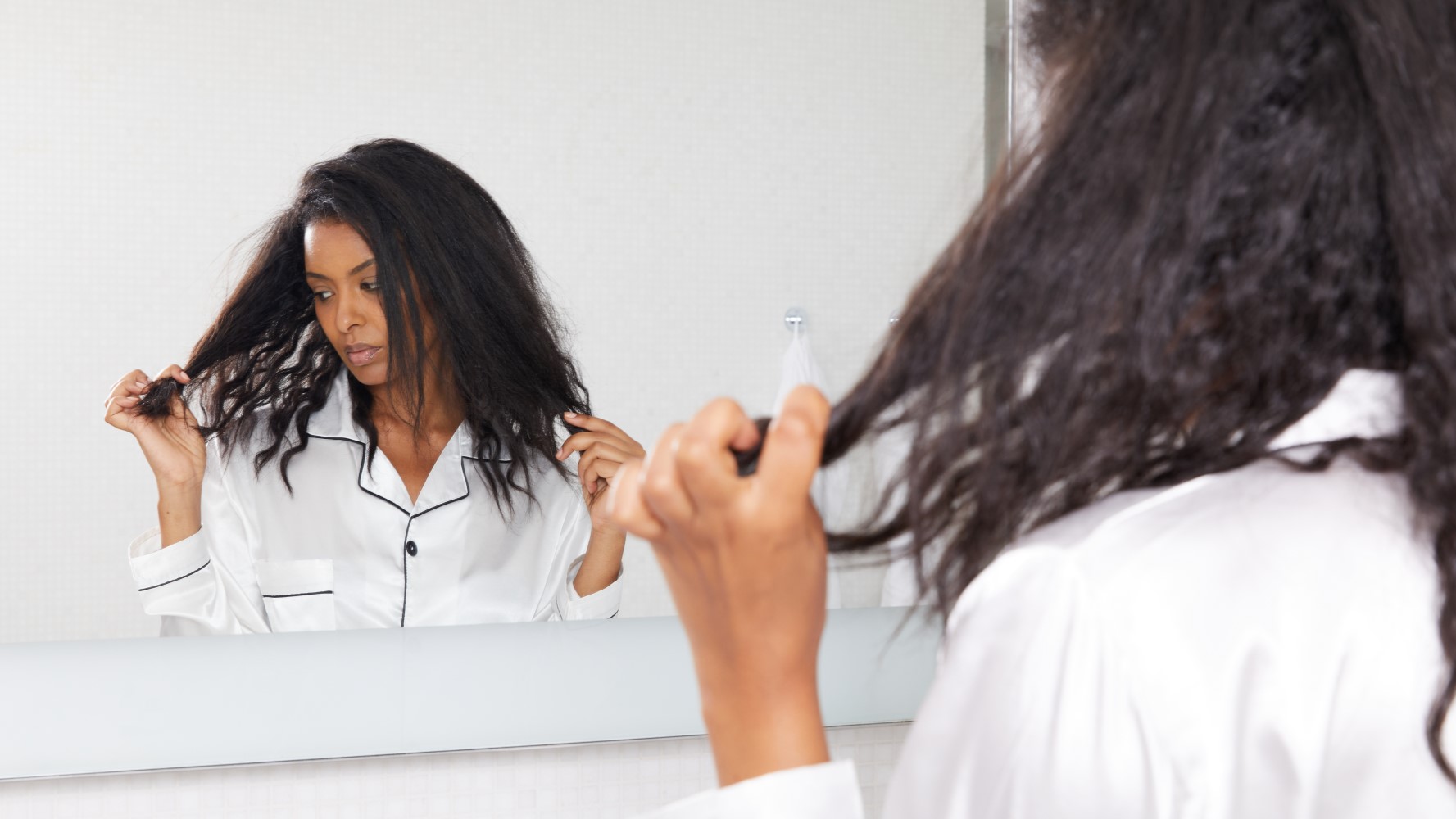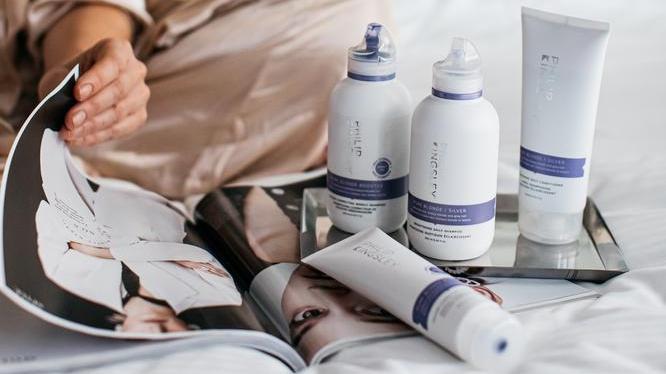The shape and size of these follicles determines their hair's texture and shape (fine, medium, coarse, tightly coiled, curly, straight etc.)
Many babies are born with barely any noticeable hair, while others have quite a lot. If your baby is born without hair, don’t worry: their hair will grow eventually. The time this takes varies enormously — hair growth is as individual as walking, talking and potty-training.
Is it safe to wash your baby's hair?
Washing your baby’s hair is completely safe, as long as you do so gently and carefully.
A newborn baby’s scalp is not fully formed. At the top of their head (the crown), the skull bones have not completely fused, and there is a soft spot or indentation (fontanelle). Many new parents are afraid to wash their baby’s hair for fear of injury — but your baby’s scalp should be gently bathed along with the rest of their body.
How often should you wash your baby's hair?
During the first few weeks, there is no need to bathe a newborn every day — 3 or 4 times a week is adequate, and in fact, more often than this may dry out a baby’s skin. However, daily hair-washing does help discourage the formation of cradle cap.
After the first 4 weeks, we recommend washing your baby’s hair every day with a mild shampoo, such as our No Scent No Colour Shampoo.
How should you wash your baby's hair?
In the first 4 weeks, simply rinsing your baby’s hair with warm water is fine, as is cleaning their head with a warm washcloth. You may use a mild shampoo if you prefer, such as our No Scent No Colour Shampoo.
Wet your baby’s hair thoroughly and carefully. We suggest using a plastic bowl to pour the water, because the noise and speed of a shower can be quite scary for a little one.
Rub a coin-sized dollop of shampoo between your hands and smooth over your baby’s hair and scalp. Lather the shampoo with a very gentle motion, taking care around the soft area at the crown. (This is also a good opportunity to wash behind their ears!) Always support your baby, leaning them back to avoid shampoo running into their eyes.
Rinse with fresh water from the tap, rather than bath water, to ensure a thorough clean.
Baby towels often have a hood attached that can be used to gently blot your baby’s hair. Do not rub – a baby’s hair is fine, delicate and vulnerable to damage. Never blow-dry a baby’s hair: babies’ skin is much more sensitive than adults’ and can be easily burnt. Their hair also dries very fast on its own.
Should you condition your baby's hair?
It is not necessary to use conditioner on your baby’s hair when it is relatively fine and fluffy. But once their hair starts to grow longer and thicker, apply a little conditioner to help keep it in its best condition. The Philip Kingsley No Scent No Colour Conditioner is an excellent choice — it is very mild, and kind to sensitive skin.
Cradle Cap
Cradle cap, also known as pityriasis capitis and infantile seborrhoeic dermatitis, is a scalp condition that causes patchy, greasy, yellowish scales to form on a baby’s scalp.
Cradle cap is extremely common. It most often occurs in babies up to 3 months old and rarely persists beyond 6 months. Cradle cap is not harmful, but it may be uncomfortable for your baby, and any associated scratching could lead to infection.
Daily shampooing may help prevent cradle cap because it regularly removes dead skin cells from the surface of the scalp. You may also want to check the milk formula you are feeding your baby — studies suggest that some types of milk can cause cradle cap.
How to remove cradle cap
If your baby has cradle cap, you can gently massage a little warmed olive oil onto the affected area with your fingers or a cotton wool ball (coconut oil and avocado oil will also work). Please be careful to make sure the oil is lukewarm and not hot!
Leave on for 5-10 minutes, then dab your baby’s scalp with baby shampoo. Rub their scalp gently with the palms of your hands. If you have a soft baby hairbrush, you can comb it gently over your baby’s scalp now to further loosen the flakes (be sure to wash the brush afterwards). Then rinse off by ladling warm water from your palms.
You will need to repeat this every few days if the cradle cap is very congealed. If any hairs are lost with the flakes, do not worry — they will all regrow.





